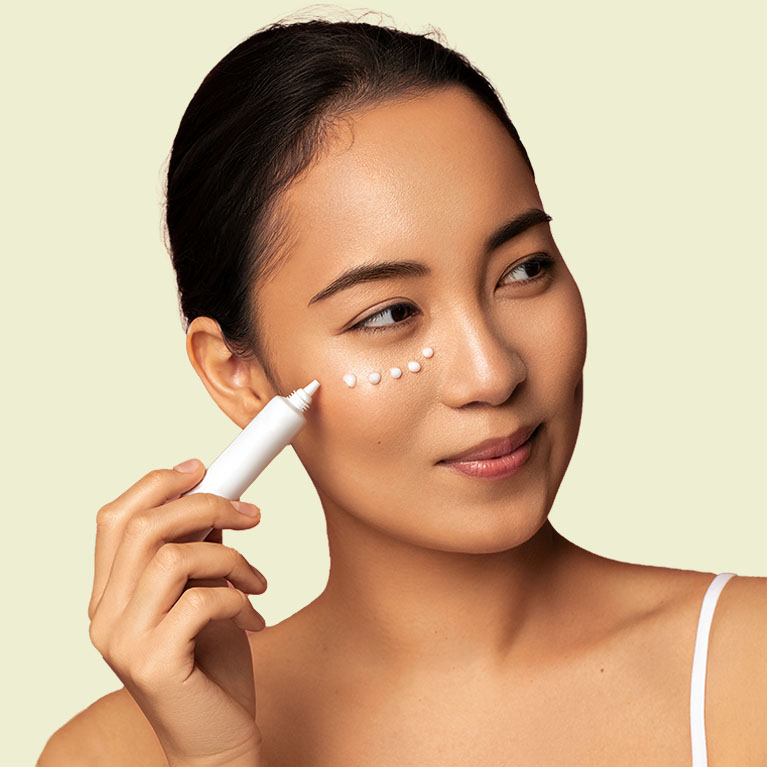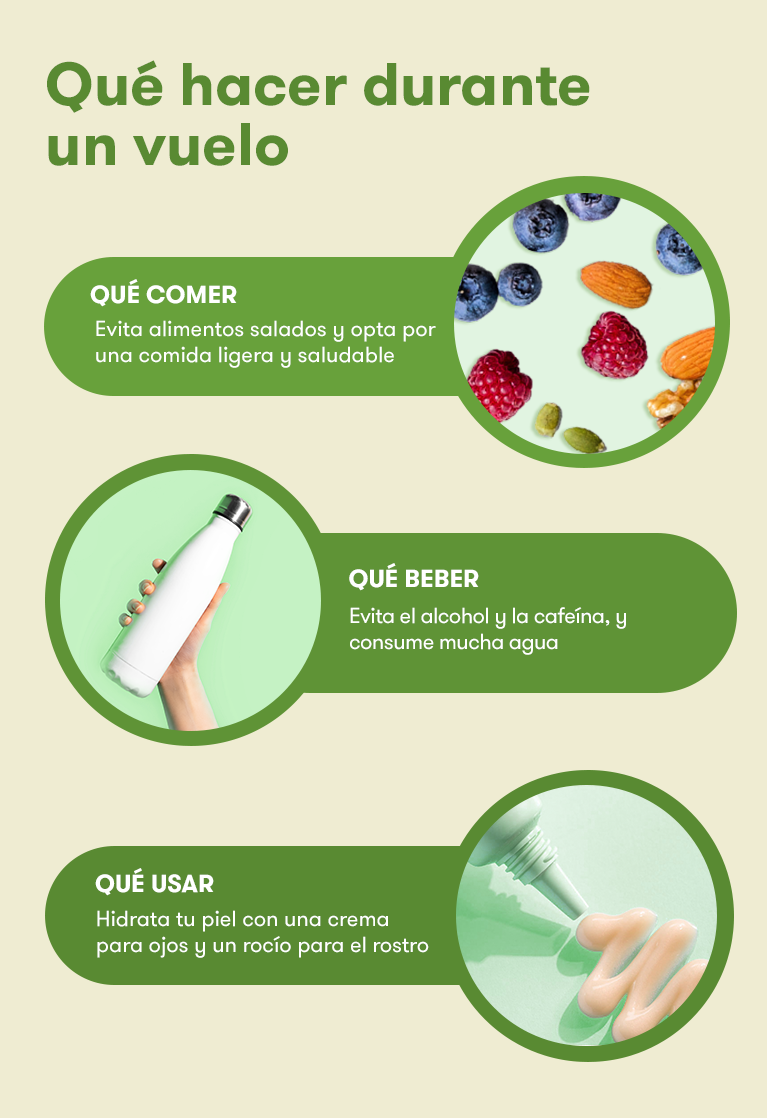Tanto si vuelas solo un par de horas como si atraviesas un par de continentes, estar atrapado en un avión puede causar estragos en tu piel. Puede dejar tu rostro sintiéndose seco o muy grasoso, e incluso puede hacer que tu piel luzca opaca. Esto está lejos de ser lo ideal, especialmente si te diriges a un evento especial o a pasar tus vacaciones. Afortunadamente, un poco de preparación y cuidado en el vuelo con las mascarillas faciales correctas puede marcar la diferencia. Ahora, puede que te estés preguntando qué productos necesitas o cuándo debes utilizar una mascarilla facial en tu rutina mientras viajas. No temas —aquí te decimos todo lo que necesitas para nutrir tu piel antes, durante y después del despegue—.
¿De qué manera afectan los vuelos a tu piel?
Es posible que ya hayas notado que el aire en un avión no se siente como el aire dentro de tu hogar. Las personas suelen decir que el aire de la cabina se siente «seco», y esa afirmación es cierta. Los niveles de humedad en los aviones generalmente son un 20 % más bajos a los que nuestra piel suele estar expuesta (alrededor del 30 % al 60 %). El aire seco y redistribuido puede hacer que la piel se sienta más seca o grasosa, ya que la piel produce más grasa para compensar la falta de humedad. El aire seco también es el resultado de una menor presión atmosférica y de una mayor altitud, lo que podría reducir la cantidad de oxígeno que transporta la sangre y hacer que la piel luzca opaca.
Pero eso no es todo. Estar a 35,000 pies en el aire te expone a una mayor radiación UV, lo que puede aumentar el riesgo de daño solar —especialmente si te sientas cerca de una ventana abierta—. Además, estar en esos ambientes secos por un tiempo prolongado puede generar una hinchazón visible debajo de los ojos como resultado de la retención de agua. Aquí es cuando los productos especializados para el cuidado de la piel, como las mascarillas faciales y las cremas para ojos, pueden ayudar. Pero ¿con qué frecuencia deberías usar mascarillas faciales y qué otras rutinas deberías considerar? Vamos a desglosarlo.




